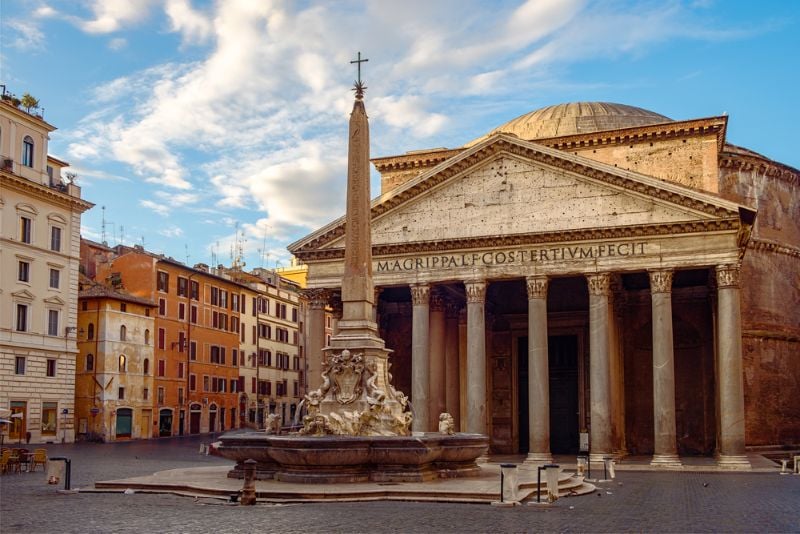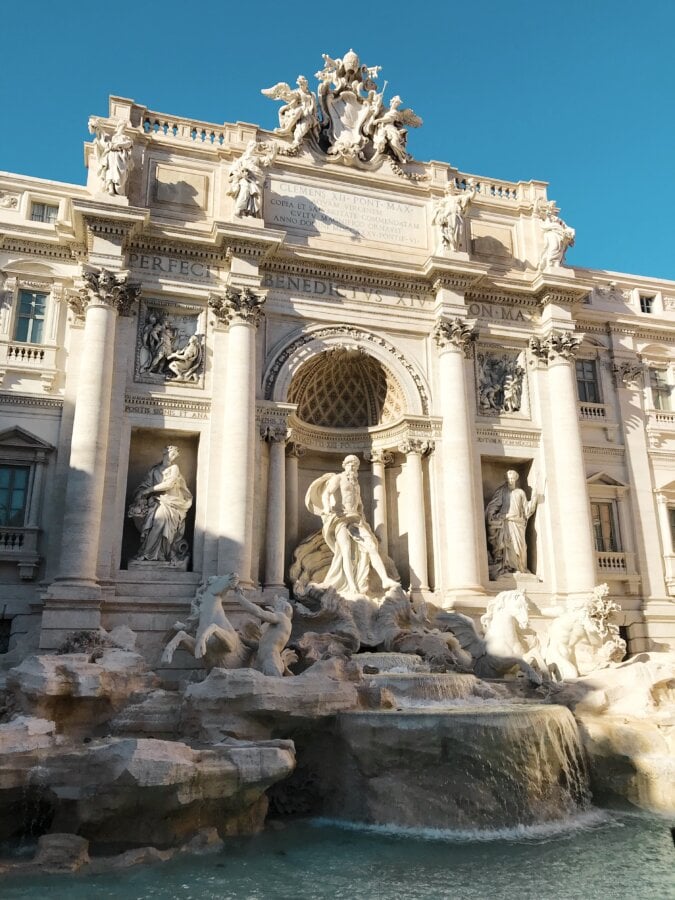There’s nothing quite like Italy. This beautiful country is one of the most popular countries to visit, and there’s a reason for that. Beyond the incredible culture and food, Italy’s attractions and landmarks are some of the most recognizable in the world. I’ve visited Italy dozens of times and continue returning for more. The famous landmarks never get old (no pun intended).
They just get insanely busy, so I advocate visiting Italy during off-peak travel seasons. Below, I’ll walk you through the most historic and famous landmarks in Italy and explain why you should visit at least once in your lifetime.
Italy’s Most Famous Landmarks
| Landmark | City | Year Built |
|---|---|---|
| Colosseum | Rome | 80 AD |
| Leaning Tower of Pisa | Pisa | 1372 |
| Pantheon | Rome | 126 AD |
| St. Mark’s Basilica | Venice | 1092 |
| Duomo di Milano | Milan | 1386 |
Rome and Vatican City
1. The Pantheon – The Eternal Edifice

Address: Piazza della Rotonda, 00186 Roma RM, Italy
The Pantheon is in the heart of Rome, a colossal testament to ancient Roman engineering and copied the world over. With its robust columns and a domed roof that defies the ages, this ancient Roman temple, turned Catholic church, now a national landmark, is easily one of the most famous Italian buildings on this list. A place where art, history, and culture meld seamlessly, it attracts visitors in the thousands each day.
Externally, it’s a very impressive structure featuring robust columns and a large concrete dome. But once you get inside, you’ll truly appreciate what makes this famous Italian landmark so special. The oculus, a circular opening at the dome’s apex, serves as a celestial window, flooding the beautiful interior with natural light and connecting the earthbound space to the skies.
2. Trevi Fountain – Rome’s Most Famous Fountain



Address: Piazza di Trevi, 00187 Roma RM, Italy
Explore the Trevi district’s labyrinthine alleys in Rome, and you’ll eventually find the Trevi Fountain. This Baroque municipal fountain was designed to replace a dilapidated city fountain and was built in the mid-18th Century. As far as places to draw water are concerned, it’s…
Click Here to Read the Full Original Article at ViaTravelers…